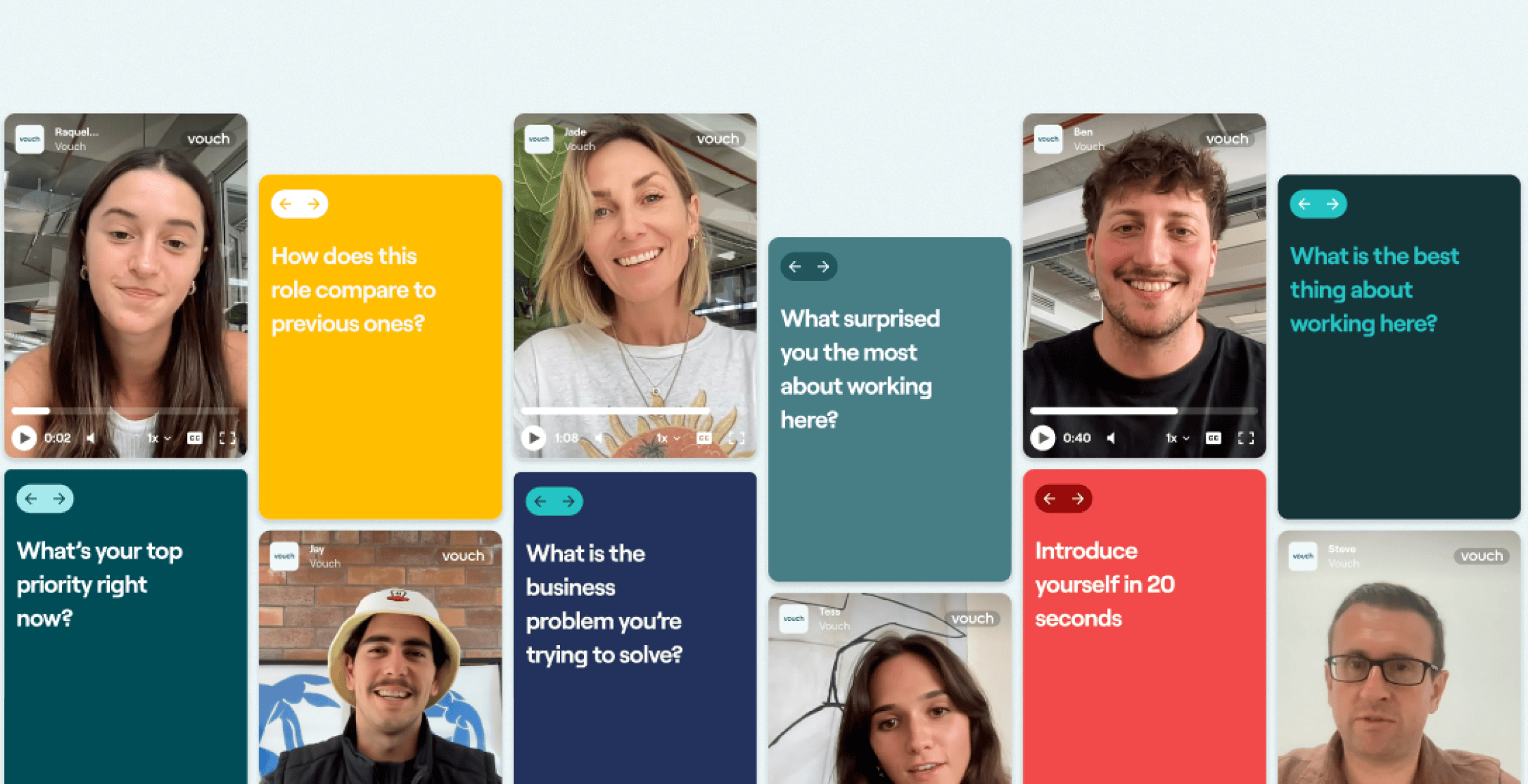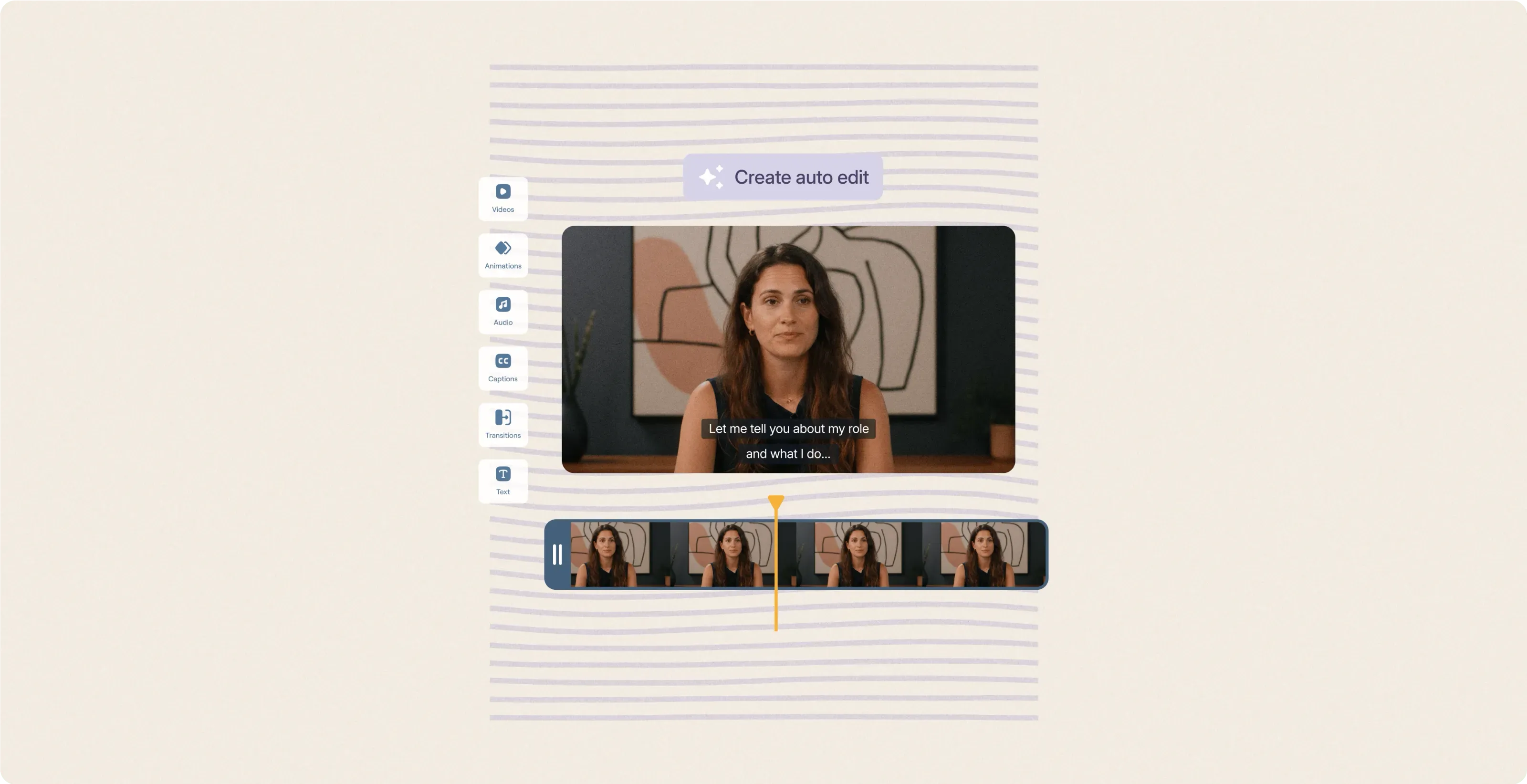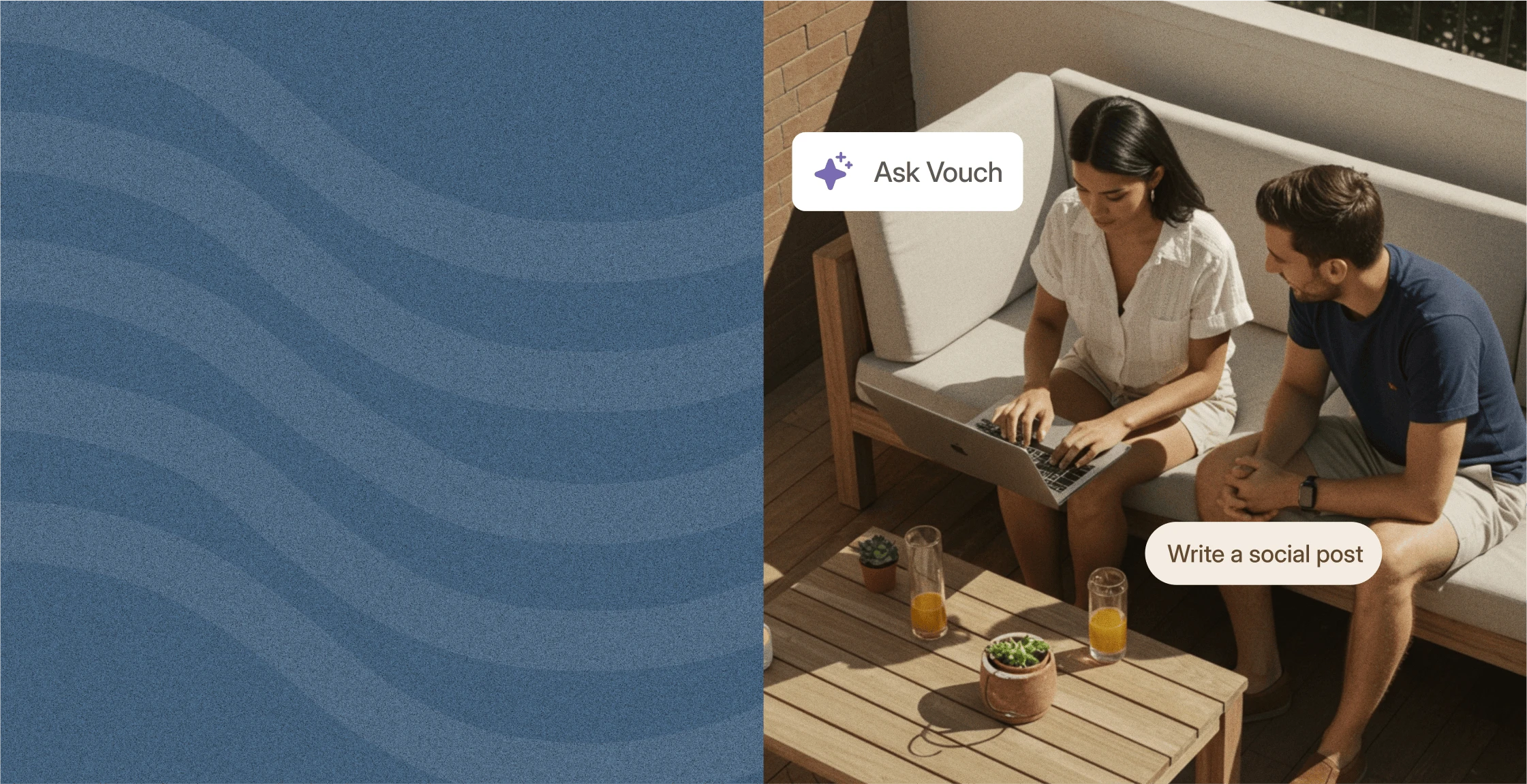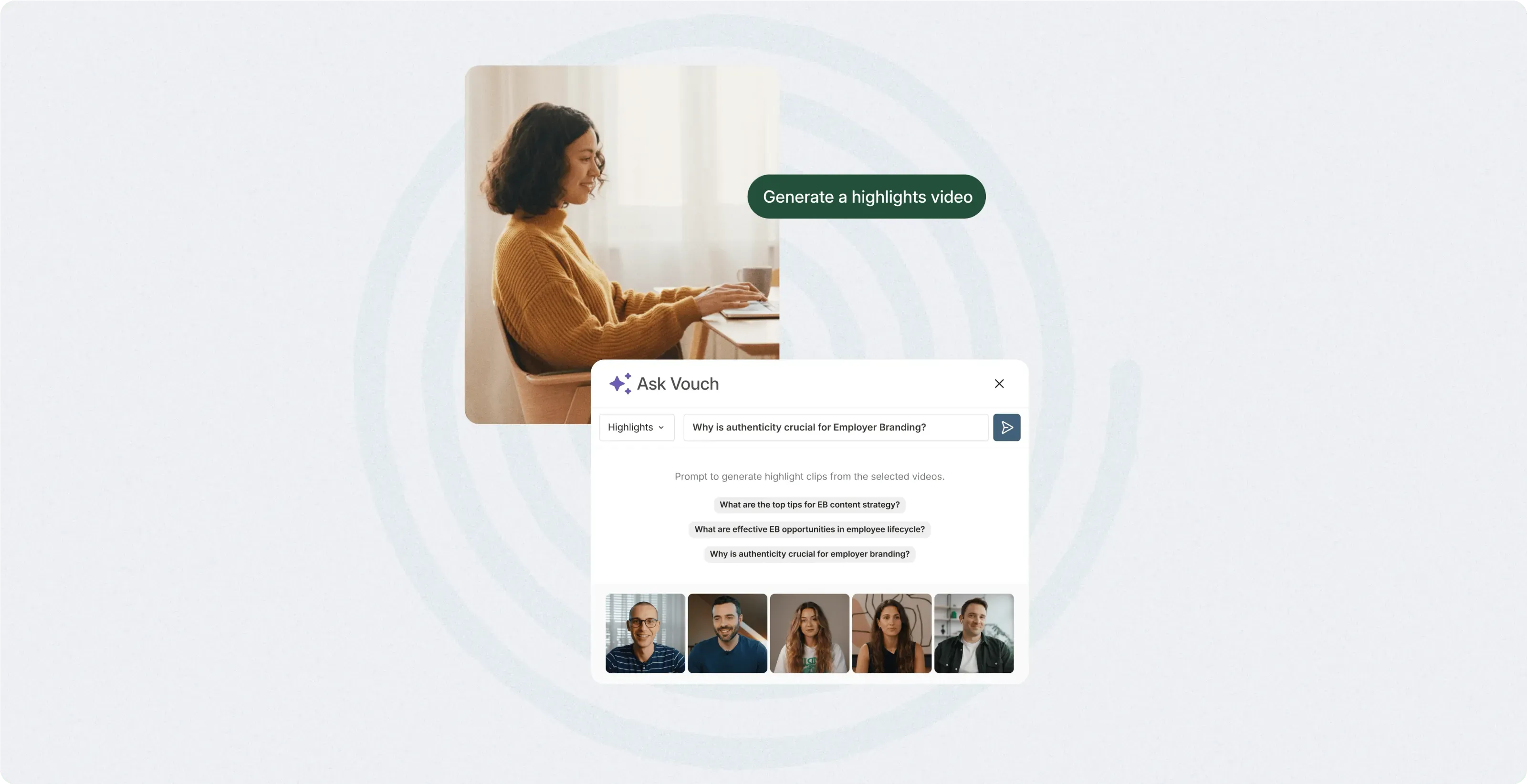Balancing work and life has never been more challenging than in 2026.
With the rise of hustle culture to make ends meet, and the blurring lines between professional and personal life, employees are struggling to maintain a healthy balance.
Whether it’s the expectation to answer instant messages at all hours or the constant pressure to be the "ideal worker," the consequences of poor work-life balance are becoming more apparent, and the impact on your employer brand can be significant, reducing your chances of hiring top talent in the years to come.
So, how can HR teams tackle this growing employee work-life balance issue?
Let's dive in.
Why Does Employee Work-Life Balance Matter?
It’s no secret that a proper work-life balance is vital for employee well-being.
According to a 2025 report by the Harvard Business Review, employees with a healthier work-life balance are 21% more productive and 35% more engaged in their work.
The positive effects extend beyond just productivity. A balanced life reduces workplace stress, decreases the risk of health issues such as cardiovascular disease and heart-related problems, and builds stronger personal relationships as people want to be at work and productive.
Conversely, an unhealthy work-life balance can lead to a wide range of negative consequences such as: Employees facing work-life conflict often experience mental health problems, physical health issues, and burnout, which significantly affect workplace morale and overall productivity that can have a negative impact on your workplace culture.
Bring your employer brand to life
- Empower employees’ storytelling
- Transform careers sites with video
- AI-driven video editing
- Publish videos anywhere
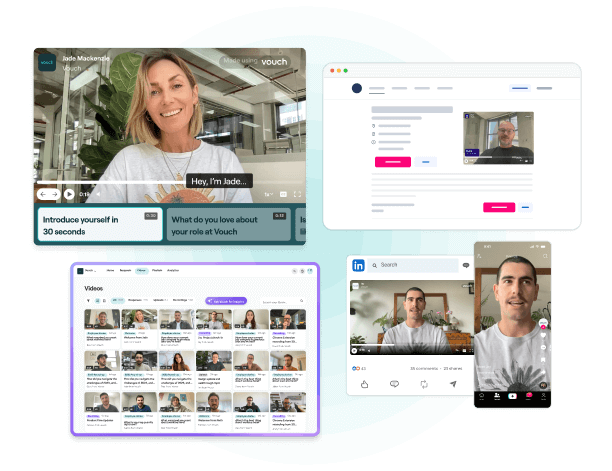
The State of Employee Work-Life Balance in 2026
The modern workforce is constantly evolving, and so are the challenges surrounding work-life balance.
Flexible work arrangements, remote work, and digital integration have given employees more control over their schedules. However, the benefits are not universally experienced.
In a recent survey of 1,120 US workers by Forbes Health, which asked employed respondents about their priorities, the only thing that rivaled financial stability was work-life balance, with 90% calling it “an important aspect of their work”.
This struggle is particularly pronounced among low-wage workers, who often face higher costs such as limited access to affordable childcare options, making mortgage repayment and in some cases, simply putting a meal on the table for the family.
As a result, maintaining a healthy balance becomes even more difficult, leading to increased levels of employee stress.
What Are Some Strategies for Achieving a Healthy Employee Work-Life Balance in 2026?
Below are 7 simple strategies to help your employees lead a better life at, and an outside of work.
1. Offer Flexible Work Arrangements
Flexible work arrangements have become the cornerstone of employee work-life balance initiatives. Whether it's offering flexible hours, flexible schedules, or remote work options, these less-rigid schedules allow employees to better allocate their time between work and family responsibilities. For instance, allowing an employee to attend a child's soccer game during traditional business hours can make a huge difference in their overall well-being.
2. Promote Regular Breaks and Personal Time
Encouraging employees to take regular breaks, including lunch breaks, is essential for maintaining their health and productivity. A study by the American Psychological Association found that regular breaks can reduce workplace stress and improve concentration. Moreover, making time for personal activities, such as exercise or a hobby, helps employees recharge and return to work with fresh perspectives.
3. Promoting a Positive Corporate Culture
Business owners and employers play a crucial role in creating a productive workplace where work-life balance is valued. Creating a supportive environment that acknowledges the importance of family life and personal obligations can lead to higher levels of employee engagement. This can be achieved by offering employee assistance programs, referral programs, and promoting strong interpersonal relationships within the team.
4. Focus On Employee Experience and Well-being Programs
Investing in employee well-being programs is an effective way to boost employee engagement and promote a healthier work-life balance. Programs that focus on mental health, physical health, and overall life balance can help employees manage work-related stress and personal issues. Offering resources such as counseling, stress management workshops, and fitness classes can significantly improve the health of employees.
5. Manage Your Company Workload and Expectations
Clear communication about workload and expectations is key to avoiding burnout and maintaining a healthy balance. Employers should regularly review employee workloads and adjust them to prevent excessive working hours, such as the unsustainable 14-16 hour days that are often glorified in hustle culture. Additionally, setting realistic goals and deadlines can prevent employees from feeling overwhelmed and allow them to have extra time for their personal lives.
6. Work On Digital Restrictions
While flexible hours and digital integration can be beneficial, they can also blur the lines between work and personal life. Employers should encourage employees to set boundaries, such as not checking emails or instant messages outside of office hours. This helps employees disconnect from work and focus on their personal relationships and family responsibilities, a win for your employees health and your workplace culture too.
7. Talk To Your Employees
Probably the most important aspect of improving your employee work-life balance is actually talking to your employees, and running regular company temperature checks. Like all things, communication is always key.
What Is The Future of Employee Work-Life Balance?
In 2026, we are suffering from a “work first” culture which means “work is presumed to be the dominant force in our lives,” according to organizational psychologist, Adam Grant. This often translates to viewing long hours as a badge of honor or a measure of dedication to the job.
That's why as we move further into 2026, it’s clear that work-life balance will remain a top priority for both employees and employers.
The shift towards flexible arrangements and the increasing focus on employee experience are steps in the right direction. However, achieving a 100% work-life balance is still a work in progress.
Employers must continue to adapt and innovate, taking into consideration the diverse needs of their workforce. Whether it’s offering more support for remote workers, addressing the unique challenges faced by families, or investing in life balance initiatives, the path to a healthier work-life balance requires ongoing effort and commitment.
FAQs
What is the definition of work-life balance?
Work-life balance refers to the equilibrium between personal life and professional life, where neither significantly overshadows the other.
How does flexible work arrangement impact employee work-life balance?
Flexible work arrangements allow employees to better manage their time, reducing workplace stress and improving overall well-being.
Why is work-life balance important for mental health?
A healthy work-life balance reduces stress, lowers the risk of burnout, and promotes better mental health.
What are the consequences of poor employee work-life balance?
Poor work-life balance can lead to health issues, decreased productivity, and strained personal relationships.
How can employers support employee work-life balance?
Employers can offer flexible schedules, promote a positive corporate culture, and invest in employee well-being programs.
What is work-life integration?
Work-life integration involves blending work and personal life in a way that allows for a more seamless transition between the two.
How do regular breaks affect productivity?
Regular breaks help reduce stress, improve focus, and increase overall productivity.
Conclusion
In today’s fast-paced world, achieving work-life balance is more important than ever.
Whether it’s through flexible work arrangements, regular breaks, or a supportive corporate culture, prioritizing the well-being of employees leads to a more productive and engaged workforce.
As we continue into 2026, the focus on creating a healthier balance between work and life will be crucial for the success of both employees and employers alike.
Tools like Vouch can also help to reduce a lot of workplace communications and time writing emails for example, to help make your workplace culture more personal - which can help provide the support your teams need.
Showcase Your Work-Life Balance With Vouch!
Loved by companies like Canva, Nike, Cisco, HubSpot, Amazon and more, tools like Vouch make leveraging video in your business remarkably easy - and it can drastically help your employees.
Be sure to book a Vouch demo today and chat with a video content experts
You might also like

Elevate Your Brand Today With Vouch
Discover how Vouch can accelerate talent acquisition while helping you stay on-brand.


